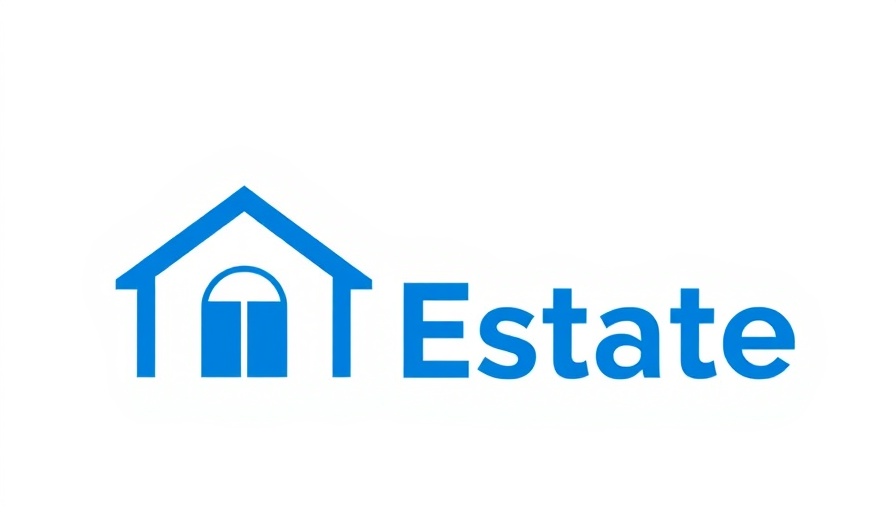
The Rise of Pet-Friendly Rentals: A Landlord's Advantage
In a rapidly changing rental landscape, landlords have discovered that saying yes to pets is not just a noble gesture – it’s a savvy business decision. Zillow’s recent analysis reveals that more and more renters are prioritizing pet-friendly environments, with the number of pet owners leasing rental homes soaring to 58%, up from 46% just a few years ago. As a landlord, recognizing and adapting to these trends can be the key to unlocking a faster rental experience and attracting suitable tenants.
Understanding Market Demand: Why Renters Want Pets
The pandemic has led to a notable shift in renters’ lifestyles, with many people opting for more stable living situations and companion animals becoming integral to their households. Nearly half of prospective tenants reported skipping properties that didn’t welcome pets, indicating a significant market demand that landlords can’t afford to ignore. Emily McDonald, a Zillow rental trends expert, states, "Allowing pets can be a strategic edge for landlords competing to fill units." This insight emphasizes the importance of adjusting rental policies to meet the expectations of the modern renter.
The Financial Benefits of Pet-Friendly Properties
Allowing pets in rental properties does not only enhance the appeal; it can also yield tangible financial benefits. Properties that accept furry tenants typically attract 9% more views, 12% more saves, and 11% more shares than non-pet-friendly alternatives. Additionally, listings allowing pets were rented out an average of eight days faster. This quicker turnover can decrease vacancy rates and provide a more consistent stream of rental income, making it a win-win for landlords and tenants alike.
A Closer Look at Regional Trends
Interestingly, Texas topped the charts with cities like Austin, Dallas, and San Antonio boasting 80%, 79%, and 78% pet-friendly rental listings, respectively. Such statistics highlight a regional preference that can guide landlords in strategic decision-making. Conversely, cities like Houston and Providence show a more modest acceptance of pets, indicating a potential area for awareness and initiative. Landlords in areas with high competition for pets could leverage their pet policies as a marketing tool to stand out.
Do Pets Really Make a Difference? Yes, They Do!
The evidence is compelling: pet-friendly rentals not only retain tenants but also foster a welcoming environment that resonates with animal lovers. Renters who are greeted by property owners that appreciate their pets are more likely to feel a connection that translates into longevity in their rental tenure. This human-centered approach, particularly in communities where pets are cherished, significantly boosts positive tenant-landlord relationships.
Real Stories from Landlords and Tenants
The testimonials from both landlords and tenants encapsulate the benefits of pet-friendly homes. For instance, a landlord in Austin reported that allowing pets has not only increased the speed at which her rental units fill but has also led to long-term tenants who value a pet-inclusive community. Meanwhile, renters express their gratitude for having their beloved animals alongside them, creating emotional satisfaction that is difficult to measure monetarily.
Future Predictions: The Evolving Rental Market
As the rental market matures, it’s likely that pet-friendly policies will evolve further. With a growing number of millennial and Gen Z renters entering the market, the expectation for pet-friendly housing will continue to increase. It will take forward-thinking landlords who adapt to these shifts to flourish in a world where companionship extends beyond humans.
Take Action: Open Your Doors to Pets
The next step for landlords is to embrace this trend wholeheartedly. By proactively marketing pet-friendly listings and possibly considering additional pet-friendly amenities, landlords can capitalize on the changing landscape. Not only will this foster enduring relationships with renters, but it will also enhance the overall reputation of rental businesses in their communities.
In conclusion, the data is clear: welcoming pets is not just a trend; it’s a strategic approach for landlords looking to thrive in a competitive market. Consider how you might adapt your rental policies to embrace this retrending preference and enjoy a mutually beneficial relationship with tenants.
 Add Row
Add Row  Add
Add 




Write A Comment